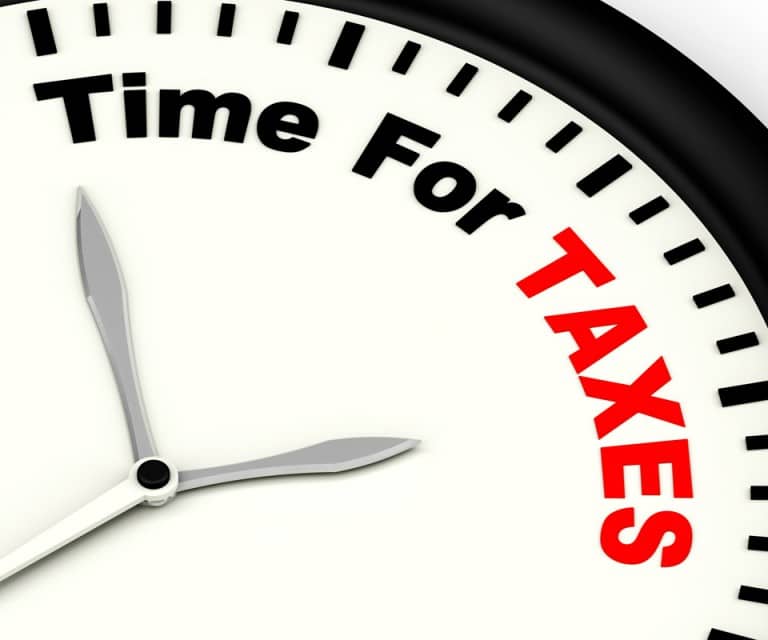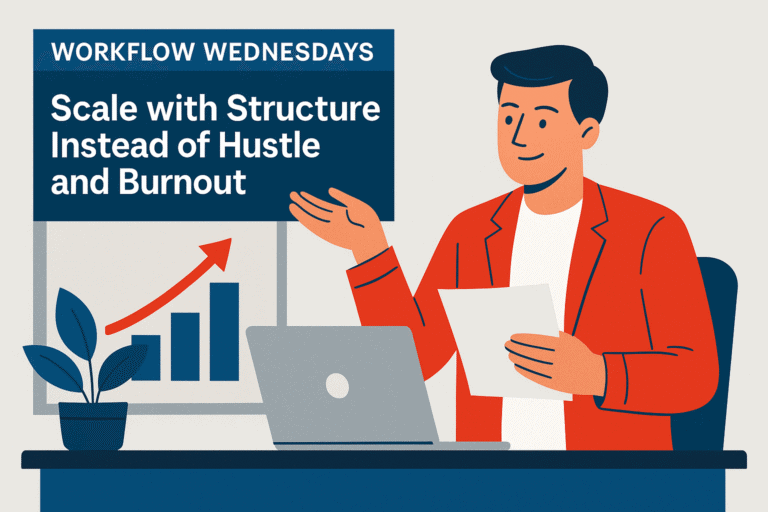Developing a No Show Appointment Policy
I’ve talked to a few individuals about their frustrations with dealing with “No Shows.” That is, individuals who make appointments then fail to show up at their appointed times without notice. I recently had a couple of back-to-back no shows myself. It’s a reminder of the reasons I started developing a no show appointment policy. I strongly encourage you to create one for yourself.
Your Time is Valuable
First, I want you to know that your time is valuable. Your customers’ time is valuable, and so is yours. Putting in place a no show policy is multifaceted. First, it shows that you respect your time. Second, it shows you respect your clients time. Third, it sets boundaries for all parties involved. Fourth, it’ll help you keep your sanity. I imagine you can think of other reason to have a no show policy.
I use my appointment policies for one additional item, particularly when it comes to free strategy sessions. Since strategy sessions are free, and there’s little risk for missing an appointment, it helps me weed out individuals who are not truly serious about my services. Still, a business doesn’t want to have a lot of no shows, just because an offer is free.
Reducing No Shows
One way to reduce the number of no shows you have is to qualify your leads. Your results may be different. However, I’ve found individuals who seek services are more likely to show for appointments than individuals I have to reel in. The reason is, people who are seeking services are typically ready to buy. They’re looking for you and are ready to have their problems solved. In contrary, individuals you seek for your services aren’t necessarily committed. It takes a lot more work to convince them they need your services, and as a result they may put less value on the appointment.
You can also reduce the number of no shows by sending reminders that include expectations. At the very least, consider sending a reminder at the time the appointment is set, then a second reminder the day before. Include in the reminder key information, such as the date & time of the appointment, expectations for the appointment (who calls whom and how, what time to show up for the appointment, etc.) and what to do in case the individual cannot make the appointment.
The No Show Policy
I’m pretty lax when making appointments in general, that is until a client or potential client turns into a no show. My mind tends to take two routes. 1) Something happened, and the individual wasn’t able to make the appointment due to an emergency or 2) The appointment was super low on the list of priorties. So low, the individual didn’t even think it was worth notifying me to cancel.
Thankfully, emergencies are rare. I’ve had a handful of last minute cancellations due to unforseeable incidents. However, I can’t think of an actual client not show up for an appointment. I’m happy to say I’ve never had to implement my no show policy with an actual client. I have had potential customers miss appointments without notifcation though. My policy includes some behind the scenes work, as well as some administrative tasks.
- A few minutes after the appointment time, I look to see if I’ve missed correspondence indicating a cancelation.
- I check to make sure the appointment reminders were sent and opened.
- 15 minutes after the appointment, I indicate it as a no show and send out a cancelation notice.
- Missed sessions are non-refundable.
Yes, do charge for missed sessions and be sure to include it in your written policy to clients and customers. I only allow potential customers to set one appointment for a free strategy session. A missed appointment means any subsequent strategy sessions are fee based, if I decide I still am interested in working with the individual.
One of the reasons I keep to my no show policies is because I have expectations of my clients. As a business owner, would you stand up a client or potential customer? Accidents happen. They do. However, they’re rare.
I think to myself, my client or potential customer would have a hard time running a business if he/she had a habit of standing up customers. Therefore, they know how to be at the appointed time and place. They’re in their shops with the doors unlocked when they say they’ll be open. They meet clients at set times. They know how to keep appointments. They know how to contact clients, if they have to make a change. For whatever reason, they’ve chosen not to keep one with me (barring emergencies).
My policies don’t have to be yours. However, your time is valuable and you can show that through your policies.
Making the Most of Your Time
We can’t control the actions of others, but we can control ours. Having a routine down can prevent you from losing too much productivity. For example, I take time to setup and prepare before each appointment. Once I’m ready for the appointment, I’ll start working on activity. I’ll continue to work on the activity until my appointment time. If I have a no show, I implement my no show policy then continue working on my activity. Rather than waste the appointment time, I’m able to make a smooth transition and reclaim minutes. Having a policy and routine in place helps me do that.
What polices have you put in place to keep sanity in your business?






